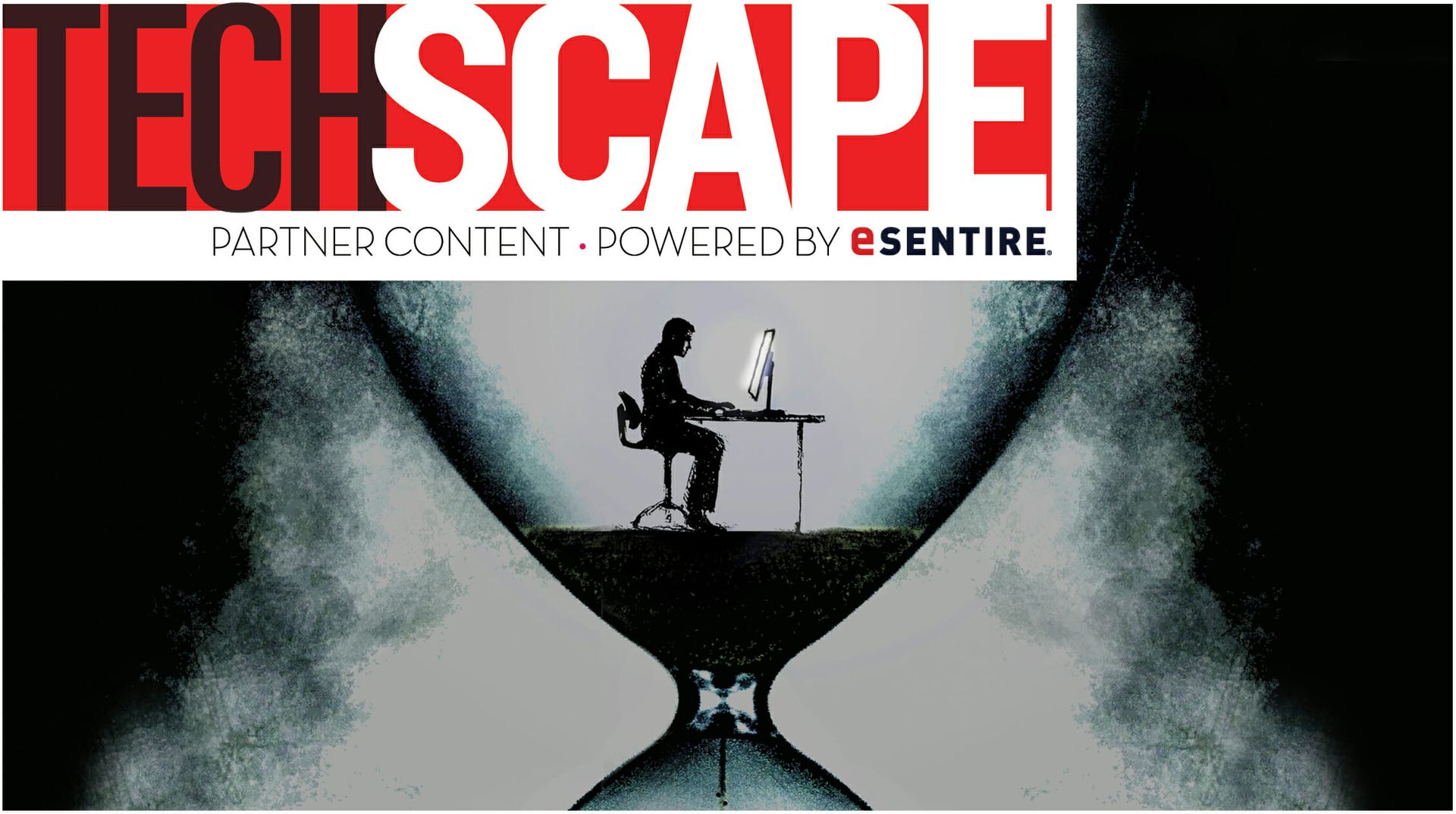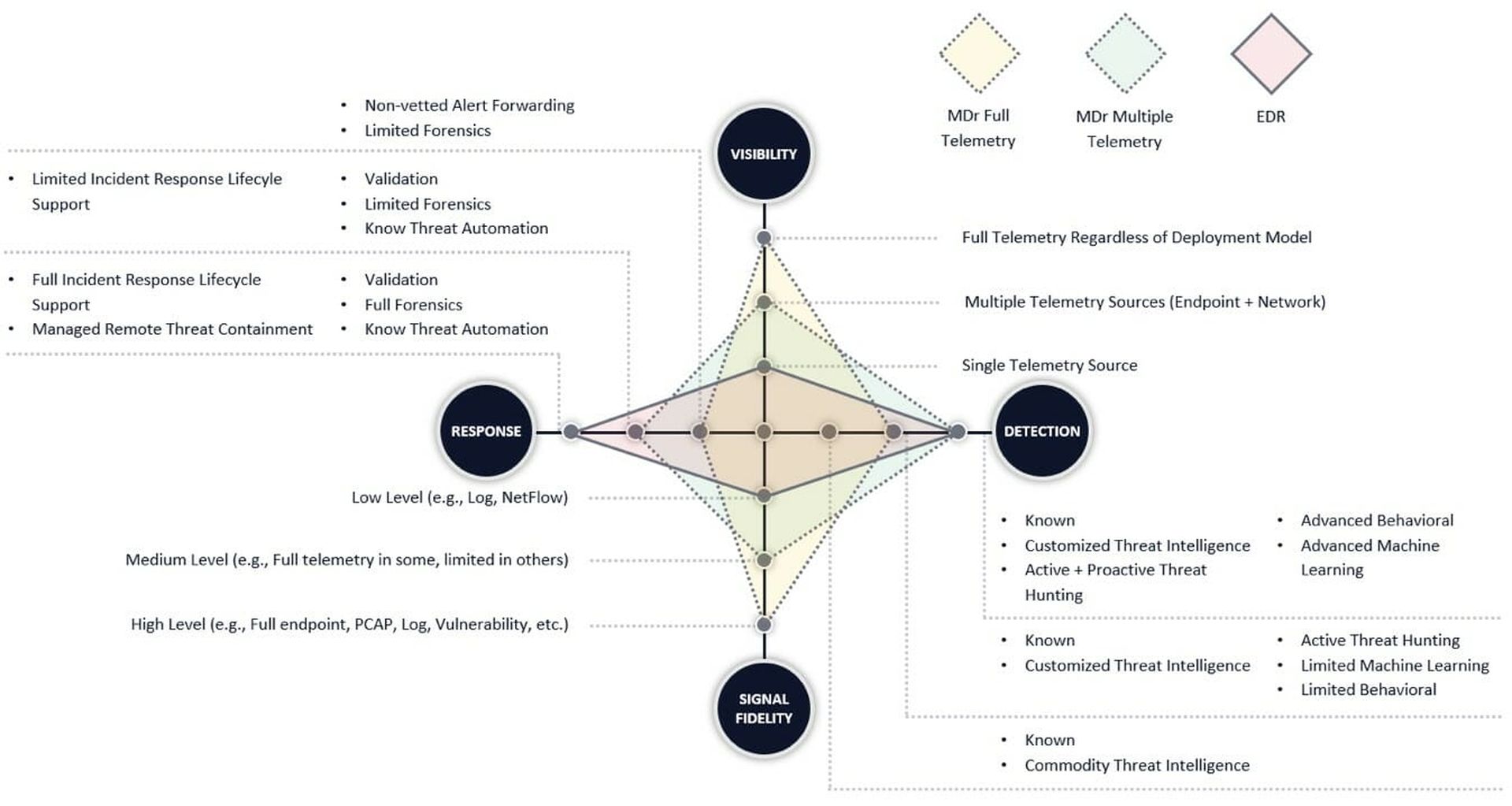Separating the players from the pretenders


Emerging from the traditional managed security service provider (MSSP) model, Managed Detection and Response (MDR) addresses the fact that threat actors have increased their ability to circumvent traditional detection measures. As early as 2011, MDR emerged (uncategorized at the time) with a single guiding principal: Acknowledge that a breach will happen. When it does, minimize threat actor dwell time to reduce risk.
In 2016, Gartner formally recognized the emergence of MDR and its departure from the traditional MSSP model, citing 14 organizations as being representative vendors. Just three years later, the 2019 edition states: “Gartner estimates that there are now over 100 providers claiming to offer MDR services.”
Recognizing market demand, traditional security service providers have promoted existing services to align themselves to MDR. Unfortunately, marketing messages do not translate to actual service delivery, leaving potential customers at risk with legacy models. And, while many analyst firms have released reports or guides that include broad category definitions and guidance on MDR, none currently stipulate objective, measurable attributes.
However, as the MDR market has evolved, four criteria remain constant as key to minimizing threat actor dwell time in the event of a breach: visibility, fidelity, detection capabilities and response. When these criteria are measured against in-house resources, risk tolerance and available budget, they can be used to choose the appropriate MDR vendor based on your organizational requirements.
FOUR CRITERIA
- Visibility: Signal sources such as endpoints, IPS/IDS, logs, cloud, vulnerabilities, etc.
- Fidelity: The depth of information provided by each of the signal sources
- Detection capabilities: Ability for the provider to detect known and unknown attacker methodologies using commoditized and advanced methodologies
- Response: Delineation of provider and client responsibilities from investigation, alert, containment and recovery
GRAPHICAL REPRESENTATION OF EXAMPLE MDR APPROACHES/VENDORS

To be clear, not all criteria must be met to be categorized as an MDR vendor. Thus, no singular definition will comprehensively cover the MDR marketplace as a whole. The definition of MDR is contextual to each organization’s unique requirements. Consequently, a number of clear categories have emerged representing the intersections of different levels of risk mitigation and cost:
- Security Operations Center (SOC)-as-a-Service/Managed Security Information and Event Management (SIEM)
- Endpoint Detection and response (single telemetry)
- Managed Detection and response (multi-telemetry)
- Managed Detection and response (full telemetry)
- Endpoint Detection and Response (single telemetry)
- Managed Detection and Response (multi-telemetry)
- Managed Detection and Response (full telemetry)
While this article provides a snapshot of the MDR market, the intricacies and interdependencies are complex. To help organizations make an informed cybersecurity solutions choice, eSentire has authored, The Definitive Guide to Managed Detection and Response (MDR) to define:
- The current marketplace definition of MDR
- Technical criteria for evaluating MDR providers
- The strengths and weaknesses for each of the seven categories of MDR
- Takeaways for informed decision making
Download the guide to learn more.
Wes Hutcherson, director of product marketing, eSentire



